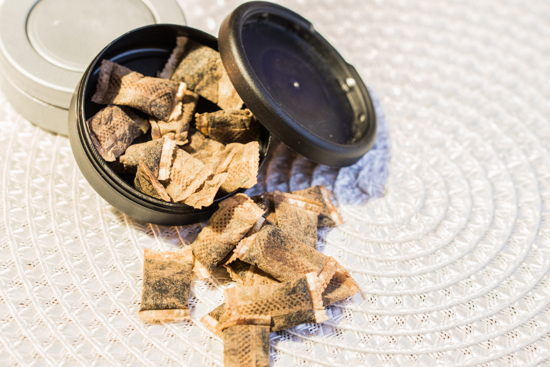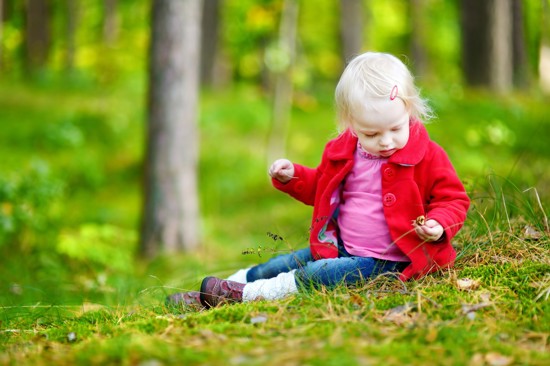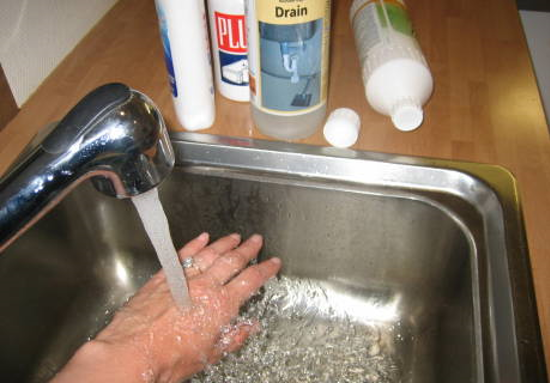Products and chemicals
Chemical products for the home, vehicles and garden are kept in many households. It is vital to store such products safely and securely to prevent accidental poisoning.
- Always use the original packaging. Never pour products into other bottles.
- Store chemical products safely and keep out of reach of children.
- Always keep an eye on products during use when there are children around.
- Do not rely on childproof locks. Experience shows that children are often able to open these.
- Hazard labelling on products can be confusing. Products without hazard symbols can also cause poisoning.

Hazardous products around the home (in Norwegian)
Accidents involving products and chemicals you keep at home can lead to poisoning. The Norwegian Poisons Information Centre provides advice on what to do in the event of an accident.
Illustration: AnastasiaV / Mostphotos
Snus and other products containing nicotine
Products containing nicotine, such as snus, nicotine gum and e-cigarette liquid, can lead to poisoning. Always keep snus and other products that contain nicotine out of reach of children.
When children ingest snus, nicotine gum or cigarettes, the amount of nicotine in the product will determine whether the child can be monitored at home or whether they need to be seen by a doctor. Even a small amount of nicotine-containing e-cigarette liquid is harmful to swallow - call 113.

Nicotine can cause poisoning in children (in Norwegian)
Snus that contains nicotine can be dangerous for a small child to ingest. Symptoms depend on the amount of nicotine that the child has ingested.
Illustration: Johannes Erlandsson / Mostphotos
Medications
In some cases, a single tablet can be enough to cause severe poisoning in a child. It is not just prescription drugs that can be dangerous, over-the-counter medications can also cause poisoning.
- Keep all medications out of reach of children.
- Use the correct dosing equipment, such as a syringe, measuring cup or measuring spoon for liquid medication.
- To avoid mixing up medication, always look carefully at the packaging and label.
- Use medication as instructed by your doctor or pharmacist. Read the instructions carefully.
- The correct use and storage of medication is important, including when you are travelling.
Medication poisoning (in Norwegian)
It is possible to be poisoned as a result of taking too much of a medication or dietary supplement.
Illustration: Helsenorge
Plants
Most plants are not dangerous to ingest, but even the smallest of amounts of some plants can cause poisoning.
The Poisons Information Centre does not identify plants, but it will carry out an assessment based on the available information. It is important to rule out the most poisonous plants.
Plants change appearance throughout the growing season, which can pose challenges in relation to identification. Plant apps can be useful for identification, but must be used subject to the appropriate precautions. The Artsorakelet app from the Norwegian Biodiversity Information Centre (in Norwegian) is one example based on plants found in Norway.
The Poisons Information Centre has an image gallery and information about many plants. Here you will find an A-Z with photographs and you can also read more about plant poisoning (in Norwegian).
- The names of houseplants can often be found on the plant pot.
- Plant apps can be used for identification, subject to the appropriate precautions.
- A garden centre or gardener may be able to help.
- You should always use multiple quality-assured sources to identify plants.
- Familiarise yourself with the plants you have at home and in your garden.
Mushrooms
Some mushrooms are so poisonous that ingesting even the smallest amount can cause poisoning. All poisonous mushrooms in Norway are agarics.
In the event of an accident, the Poisons Information Centre can help identify the mushroom if necessary and provide advice on what you should do. Retain the mushroom or remnants of what has been ingested. Make sure you have the mushroom at hand when you call. High-quality photographs can also be useful.

Children and mushrooms (in Norwegian)
Children often eat small amounts of mushroom. This rarely leads to severe poisoning.
Illustration: Mostphotos.com
General first-aid advice
If swallowed
- Remove any remnants.
- Rinse the mouth out and give something to drink.
- Vomiting should not normally be induced at home.
- Contact the Poisons Information Centre for advice.
- If the child has ingested corrosive products or is showing severe symptoms, call 113.
Activated charcoal (in Norwegian) is specially treated charcoal which can be useful in some cases of accidental poisoning. There are many situations where it is neither necessary nor desirable to administer it. Charcoal should not be ingested into the lungs, and it should therefore not be administered to children who are reluctant, lethargic or vomiting. Always contact the Poisons Information Centre for an assessment before administering activated charcoal.

First aid in the event of swallowing (in Norwegian)
If you have swallowed something poisonous, rinse your mouth out and have something to drink. Call the Poisons Information Centre for advice. Contact 113 in the event of severe symptoms.
Illustration: Yuri Arcurs / Mostphotos
If you get something in your eye
- Rinse the eye using lukewarm running water or physiological saline solution as soon as possible.
- Hold the eyelids apart and make sure that the water reaches the eyeball itself.
- Remove any contact lenses.
- The duration of the rinsing will depend on what has come into contact with your eye and can vary from a few minutes to several hours.
- Call the Poisons Information Centre for advice while rinsing.

First aid for splashes into the eye (in Norwegian)
If you have got something in your eye, it is important that you quickly and thoroughly rinse it in order to limit any damage. Call the Poisons Information Centre for advice.
Illustration: Grazvydas Jurgelevicius / Mostphotos
For spills onto skin
- Rinse with running water as soon as possible.
- The duration of the rinsing will depend on what has come into contact with your skin and can vary from a few minutes to several hours.
- Call the Poisons Information Centre for advice while rinsing.

First-aid for spills on skin (in Norwegian)
In case of chemical spills on skin, rinse immediately using running water. The duration of the rinsing will depend on what has come into contact with your skin.
Illustration: Giftinformasjonen